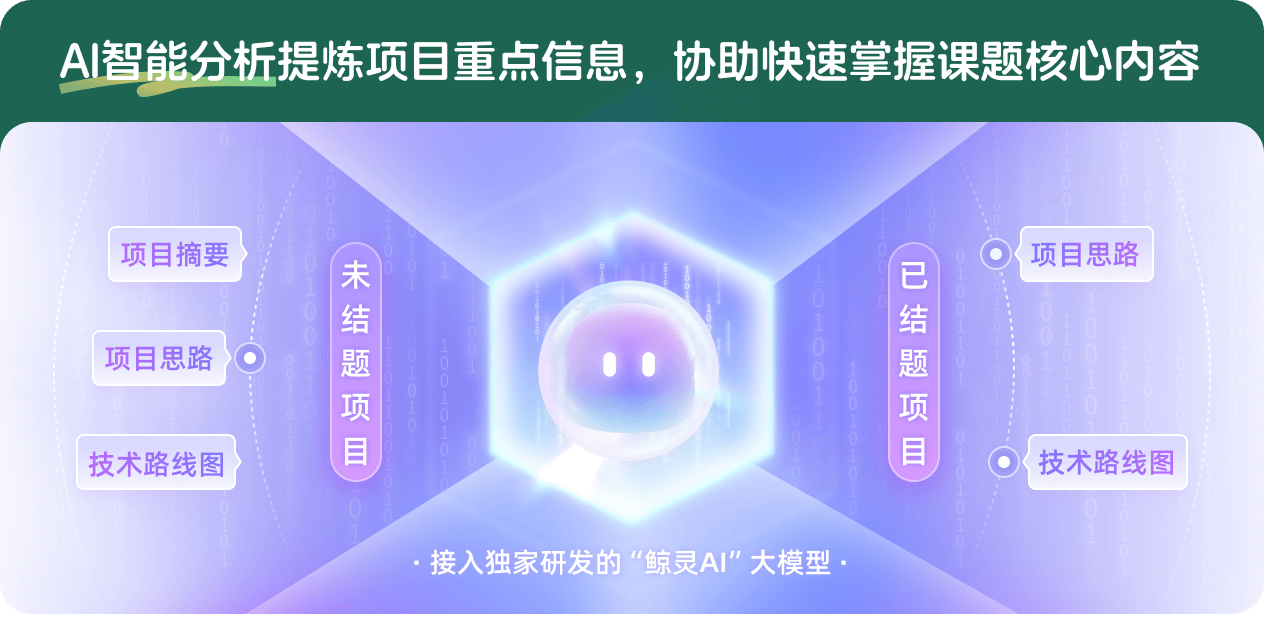基于光子共振微腔的双色高效量子阱红外探测器研究
项目介绍
AI项目解读
基本信息
- 批准号:61774145
- 项目类别:面上项目
- 资助金额:16.0万
- 负责人:
- 依托单位:
- 学科分类:F0403.半导体光电子器件与集成
- 结题年份:2018
- 批准年份:2017
- 项目状态:已结题
- 起止时间:2018-01-01 至2018-12-31
- 项目参与者:张冶金; 孙捷; 孙秀艳; 毕玉; 郭德汾;
- 关键词:
项目摘要
Quantum well infrared photodetectors (QWIP) is widely recognized as the third generation infrared focal plane arrays. At present, the development direction of QWIP is large arrays and multi-color arrays. It has received much attention in the world because the new generation of quantum well infrared focal plane array is one of the best technological approaches to realize multi-color staring focal plane arrays.And due to the limitations of the quantum transition selection rule, the vertical incident light can’t be absorbed by the quantum wells,some diffraction structure must be taken to change the direction of the wave vector. The quantum efficiency is relatively low. In order to solve this problem,this project proposes to improve the quantum efficiency of QWIP by using the quantum control function of the photon micro-cavity and the resonance enhanced absorption effect,and to explore the theory and the realization.We have obtained over 40% efficiency for two-color with chirp multi ring structure from calculation and not to be reported.We shall continue to finish the design theory and realization.The research group has rich technology accumulations of more than ten yearsin the field of quantum well infrared photodetectors and photonic micro-cavity,the combination of the quantum well infrared photodetectors and photonic micro-cavity will promote the progress of theory and technology.This project will make a systematic research on the theory and design of the two-color photon resonance micro-cavity and its application in two-color quantum well infrared detectors,and also solve the key problems such as the accurate substrate thinning and so on. The quantum efficiency will be improved from the existing10-20% to 30-40%.
量子阱红外探测器(QWIP)被公认为第三代红外焦平面探测器,向着大面阵、多色的方向发展,是实现凝视型多色大焦平面阵列最佳技术之一。而由于量子跃迁选择定则的限制,使得垂直入射的光不能被量子阱吸收,必须采取衍射结构改变波矢方向,目前量子效率还相对较低。针对这一问题,本项目提出利用光子微腔的量子调控功能及共振增强吸收效应来提高QWIP的量子效率,在前期的初步设计计算中,利用啁啾多圆环结构,我们得到中长波双色40%以上的量子效率,目前国内外还未见关于双色共振微腔设计的报道,本项目将继续完善设计,并进行实验研究。课题组在量子阱红外探测器及光子微腔研究方面已有十几年的积累,将二者结合的新型探测器有助于推动理论和技术的进步。本项目将在光子双色共振微腔理论及其在双色量子阱红外探测器的应用和实现上做深入的研究,同时解决影响微腔性能的衬底精确减薄工艺。目标是使现有10-20%的量子效率提高到30-40%。
结项摘要
红外焦平面探测器,在工业监控,海上救援,医疗诊断,天文观测,以及国防等领域有广泛的应用前景。目前高灵敏度红外成像器件一般都在3~5 mm和8~14 mm这两个大气窗口工作。量子阱红外焦平面探测器(QWIP)是基于先进的材料外延技术和能带工程理论基础上的新型红外探测技术,与传统的技术相比,在均匀性,抗辐照,大面阵,多色集成和加工成本等方面具有明显优势,是实现凝视型大焦平面阵列,特别是双色和多色焦平面的最佳技术途径之一。但是,由于量子阱红外探测器是基于子带跃迁,受量子跃迁选择定则限制,不能吸收正入射的光辐射,必须采用衍射结构改变波矢方向,量子效率低。针对这一问题,结合课题组在光子微腔设计及双色红外焦平面探测器方面的长期工作积累,本项目提出利用光子微腔的量子调控功能及共振增强吸收效应来提高QWIP的量子效率,并在双色共振微腔理论、设计、器件等方面进行探索,具体如下:.(1)针对双色光子共振微腔量子阱红外探测器,综合考虑光子的输入、耦合、震荡、吸收等因素,建立理论仿真模型,并对器件进行理论仿真设计。对微腔基本形状、表面光栅深度、形状、占空比、结构厚度等多个参数进行优化设计,获得中波4.04µm处最高量子效率31.66%,长波8.5µm处最高量子效率56%。.(2)针对光子共振微腔的结构特点和双色量子阱红外探测器的器件要求,完成光子共振微腔双色量子阱红外探测器的材料结构设计并完成材料生长;完成器件工艺流程设计,并根据流程需要完成光刻版的设计、制作;完成器件流片;优化开发器件测试系统,并完成背入射测试装置的设计制作,完成器件测试评估。.(3)围绕本项目研究成果,发表文章3篇,申请专利3项,获得版权2项,培养研究生2名。
项目成果
期刊论文数量(2)
专著数量(0)
科研奖励数量(0)
会议论文数量(1)
专利数量(3)
A large misalignment tolerance multi-branch waveguide for high efficiency coupling
用于高效耦合的大失准容差多分支波导
- DOI:10.1016/j.optcom.2018.12.021
- 发表时间:2019-04
- 期刊:Optics Communications
- 影响因子:2.4
- 作者:Yejin Zhang;YuBi;Yanmei Su;Jiaoqing Pan;Ming Chong
- 通讯作者:Ming Chong
Inclined emitting slotted single-mode laser with 1.7° vertical divergence angle for PIC applications
适用于 PIC 应用的倾斜发射开槽单模激光器,垂直发散角为 1.7°
- DOI:--
- 发表时间:2018
- 期刊:Opt. Lett
- 影响因子:--
- 作者:Yejin Zhang;Yanmei Su;Yu Bi;Jiaoqing Pan
- 通讯作者:Jiaoqing Pan
数据更新时间:{{ journalArticles.updateTime }}
{{
item.title }}
{{ item.translation_title }}
- DOI:{{ item.doi || "--"}}
- 发表时间:{{ item.publish_year || "--" }}
- 期刊:{{ item.journal_name }}
- 影响因子:{{ item.factor || "--"}}
- 作者:{{ item.authors }}
- 通讯作者:{{ item.author }}
数据更新时间:{{ journalArticles.updateTime }}
{{ item.title }}
- 作者:{{ item.authors }}
数据更新时间:{{ monograph.updateTime }}
{{ item.title }}
- 作者:{{ item.authors }}
数据更新时间:{{ sciAawards.updateTime }}
{{ item.title }}
- 作者:{{ item.authors }}
数据更新时间:{{ conferencePapers.updateTime }}
{{ item.title }}
- 作者:{{ item.authors }}
数据更新时间:{{ patent.updateTime }}
其他文献
InGaAs/GaAs量子点红外探测器
- DOI:--
- 发表时间:--
- 期刊:红外与激光工程
- 影响因子:--
- 作者:吕翔;苏艳梅;陈良惠;杨晓杰;杨涛;马文全;邵军;种明
- 通讯作者:种明
其他文献
{{
item.title }}
{{ item.translation_title }}
- DOI:{{ item.doi || "--" }}
- 发表时间:{{ item.publish_year || "--"}}
- 期刊:{{ item.journal_name }}
- 影响因子:{{ item.factor || "--" }}
- 作者:{{ item.authors }}
- 通讯作者:{{ item.author }}

内容获取失败,请点击重试

查看分析示例
此项目为已结题,我已根据课题信息分析并撰写以下内容,帮您拓宽课题思路:
AI项目摘要
AI项目思路
AI技术路线图

请为本次AI项目解读的内容对您的实用性打分
非常不实用
非常实用
1
2
3
4
5
6
7
8
9
10
您认为此功能如何分析更能满足您的需求,请填写您的反馈:
相似国自然基金
{{ item.name }}
- 批准号:{{ item.ratify_no }}
- 批准年份:{{ item.approval_year }}
- 资助金额:{{ item.support_num }}
- 项目类别:{{ item.project_type }}
相似海外基金
{{
item.name }}
{{ item.translate_name }}
- 批准号:{{ item.ratify_no }}
- 财政年份:{{ item.approval_year }}
- 资助金额:{{ item.support_num }}
- 项目类别:{{ item.project_type }}




















